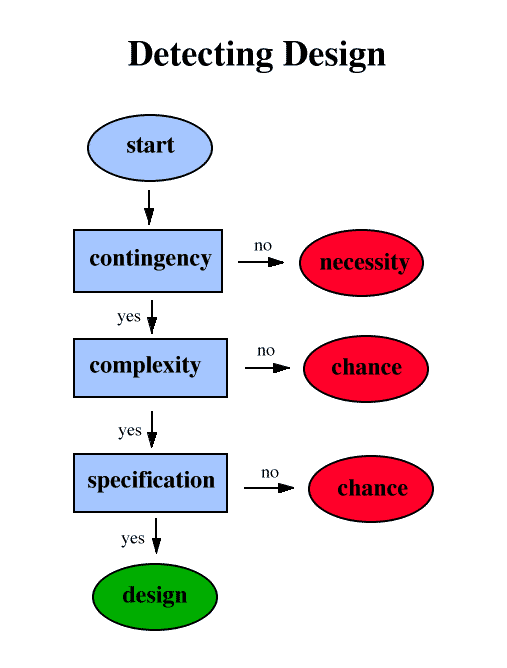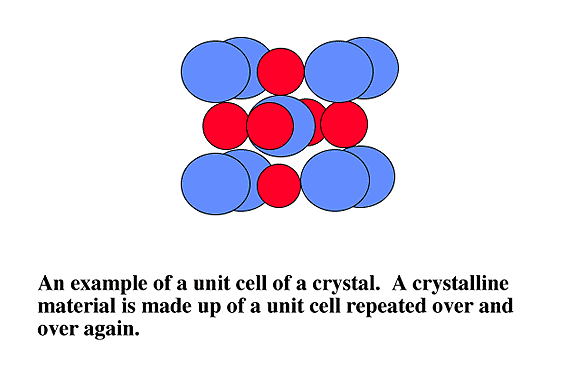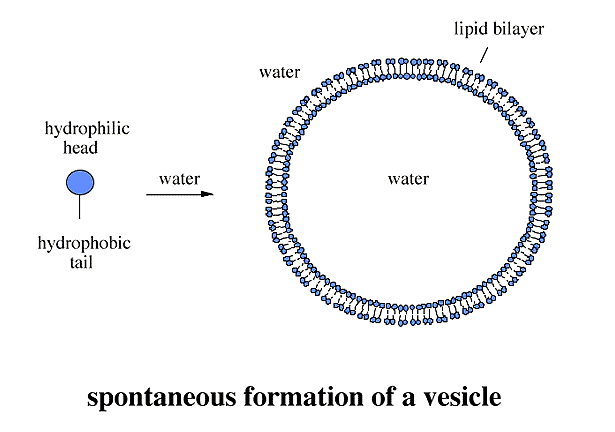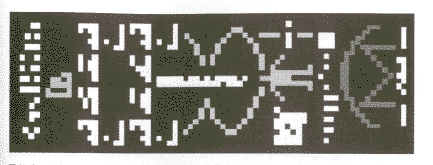(see Dembski's Intelligent Design)

Apply the explanatory filter to the following examples:Dembski claims that design is empirically detectable. A design inference is warrented by demonstrating that necessity, chance, or some combination are inadequate. Moreover, he argues that such principles are routinely applied in SETI, archaeology, forensic science, etc.
Note: hypotheses about who the designer is or how the designing was accomplished are not empirically determinable or falsifiable
Ex. 1. Language
a) complexityEx. 2. Crystals (snowflakes, table salt, etc)asmeildf wifwen osief wpe oiwrejnfpaowx poih w43por hweoifj opwejfab) simple repetitive order(a monkey typing on a computer can do this)
abababababababababababababababababababababababc) specification relative to a prescribed pattern(natural laws can do this - crystals, pebbles sorted by waves on a beach, etc)
simple: "it"(chance can do this - dump out a bag of Scrabble tiles)
specified complexity:
"Biology is the study of complicated things that give the appearance of having been designed for a purpose."R. Dawkins, The Blind Watchmaker, pg 1
(Dembski claims that only intelligence can produce this)

Ex. 3. In discussing the SETI project in his book "On the Cosmic Horizon", J. Bennett described the transmission broadcast in 1974 in which a picture was encoded in a series of 0s and 1s. The picture is shown below.
He states on page 176-177 "If members of an intelligent civilization picked up the message and laid out the 0s and 1s in a simple grid, they would see a small picture providing them with undeniable proof that they were not alone in the universe. ... Even if the recipients don't recognize the person and the other information in the picture, it should still be clear that this message was deliberately made."
What is it about this message that would make an alien recipient realize that this message was deliberately sent by an intelligent civilization?
Example 4. lipid bilayer membranes, micelles

Example 5. The information coded in the DNA of living things
